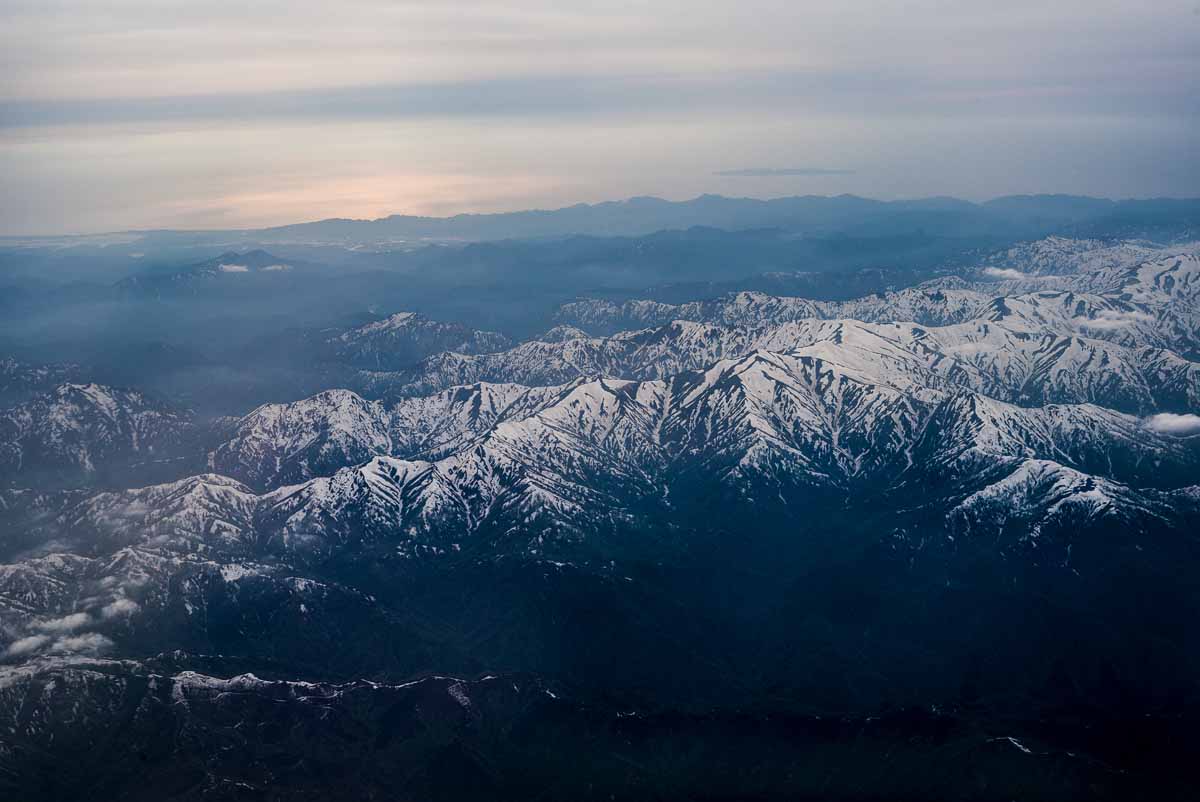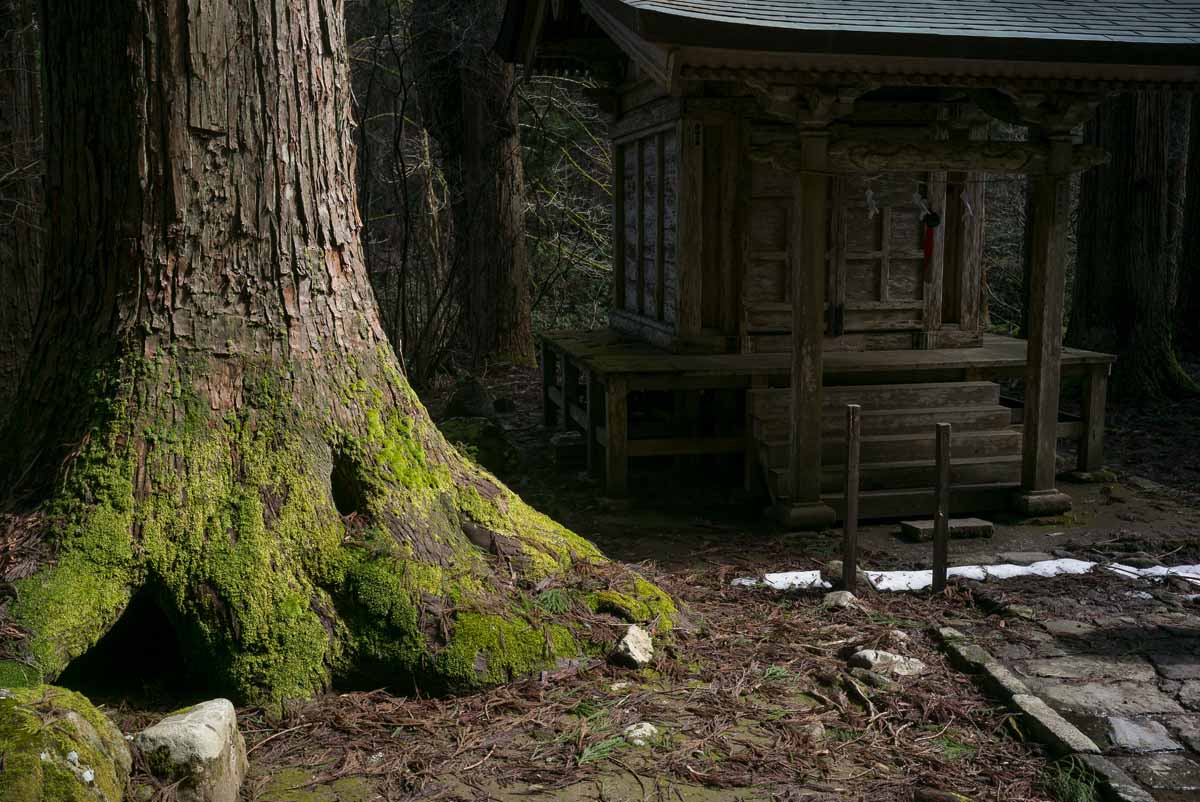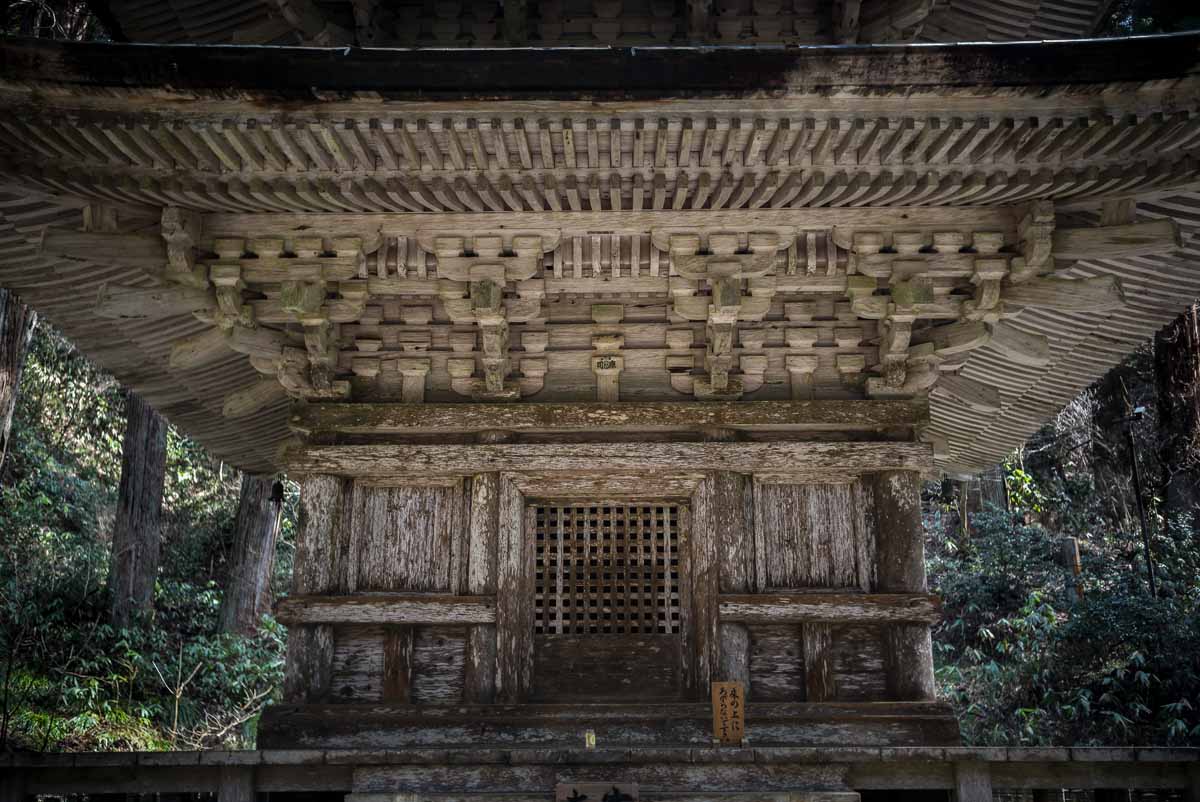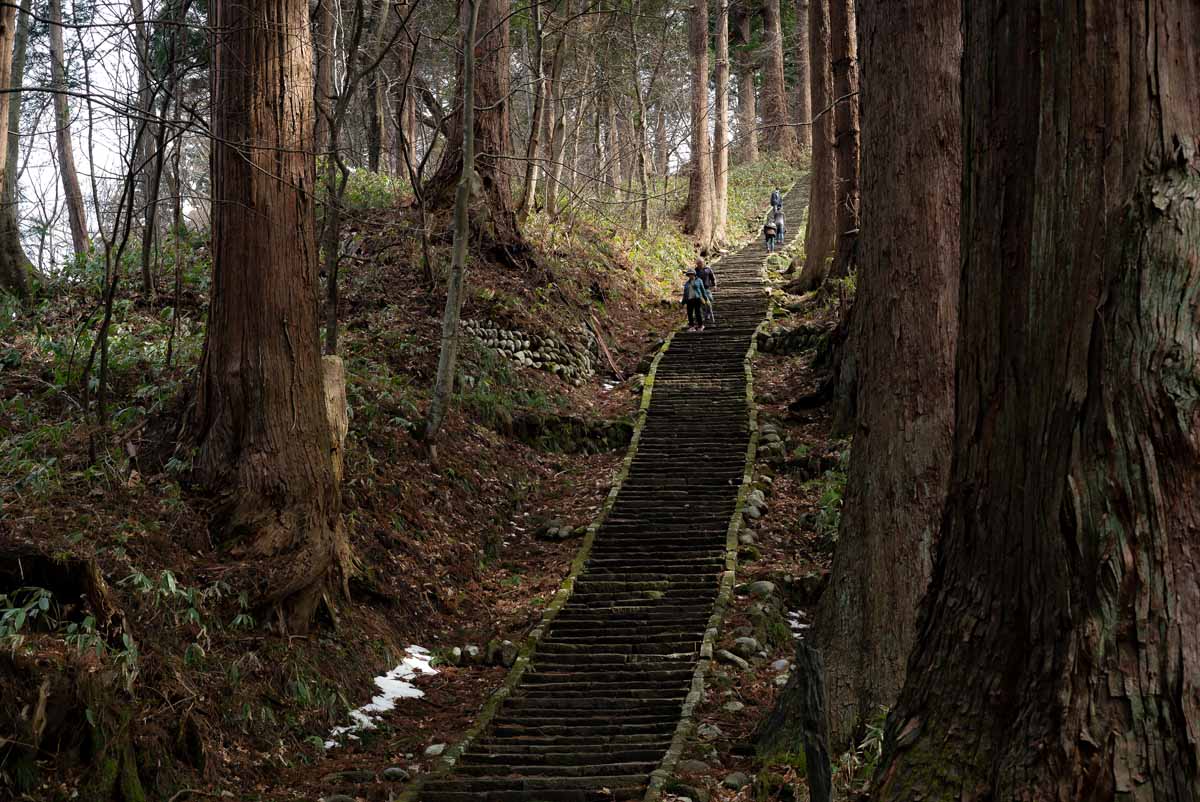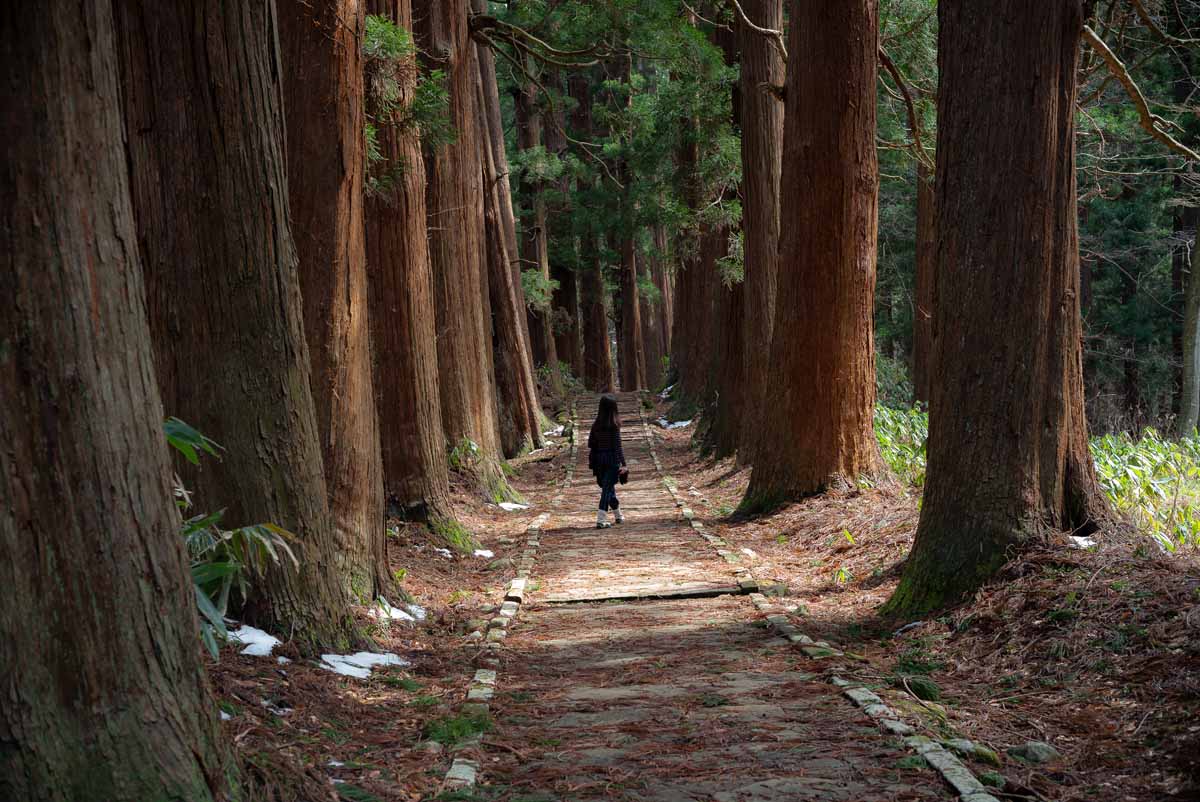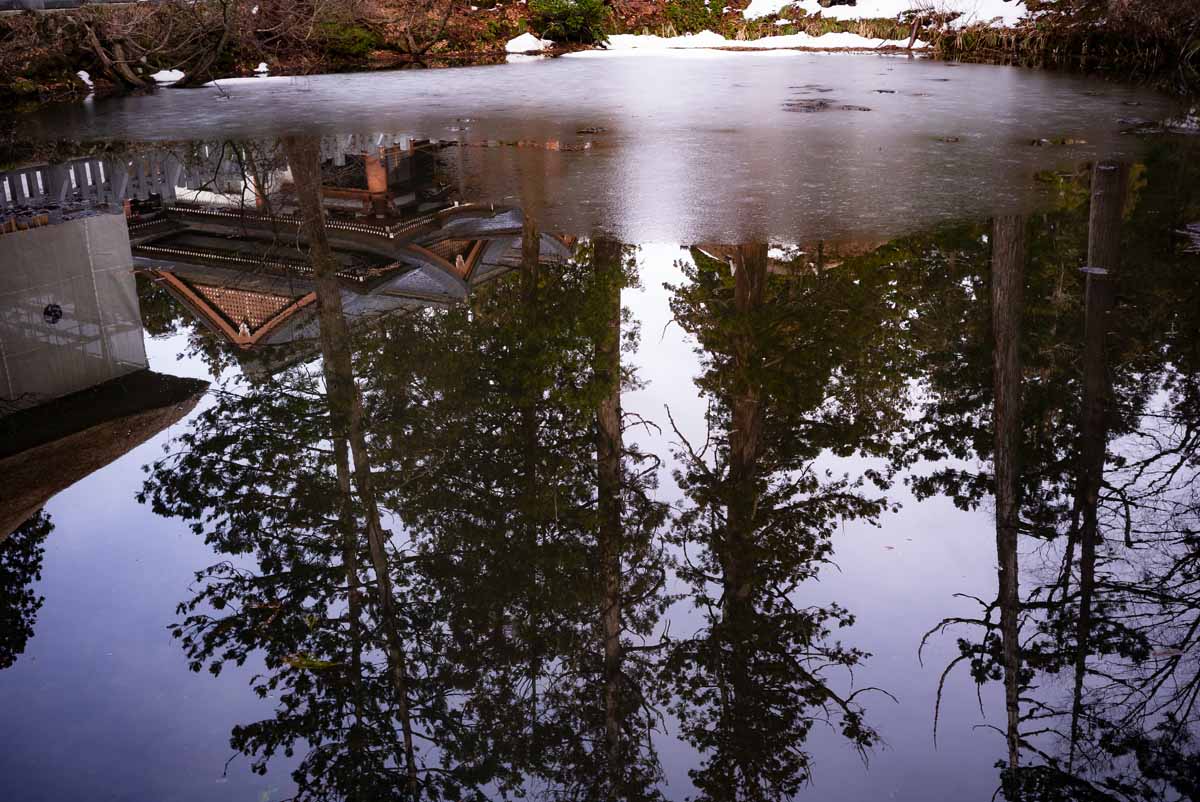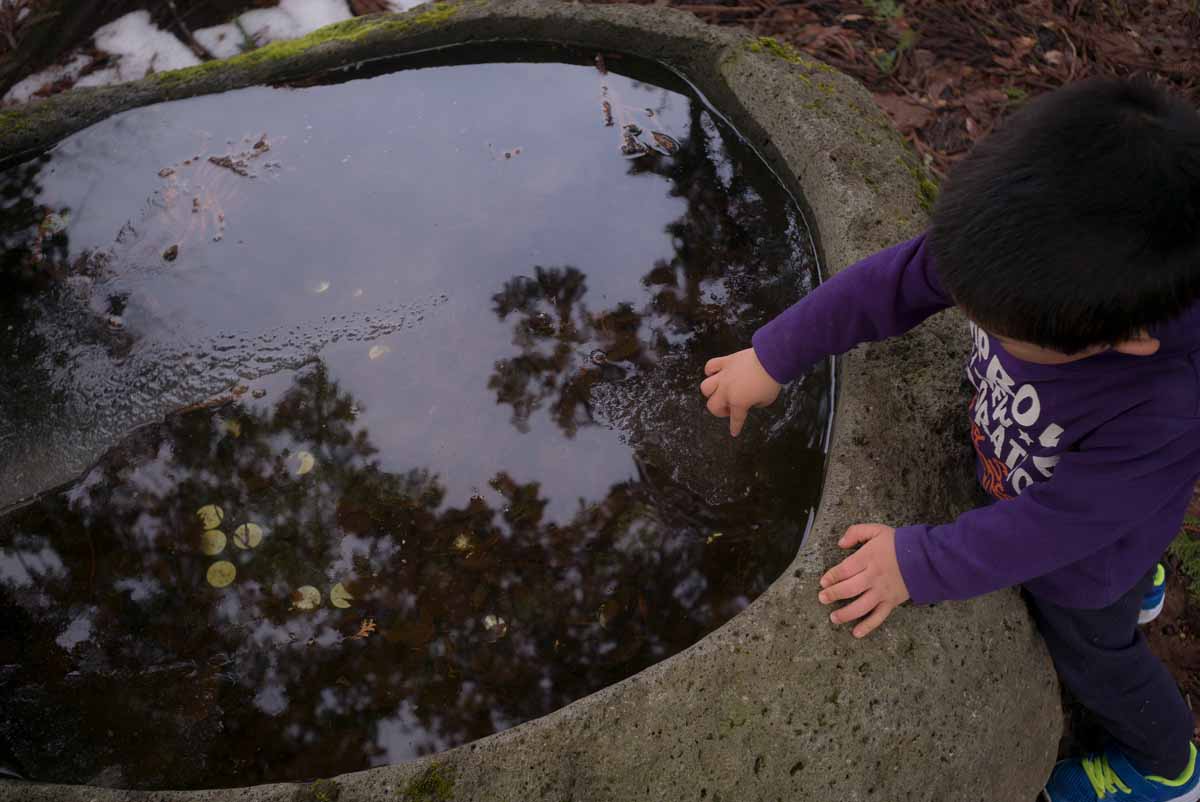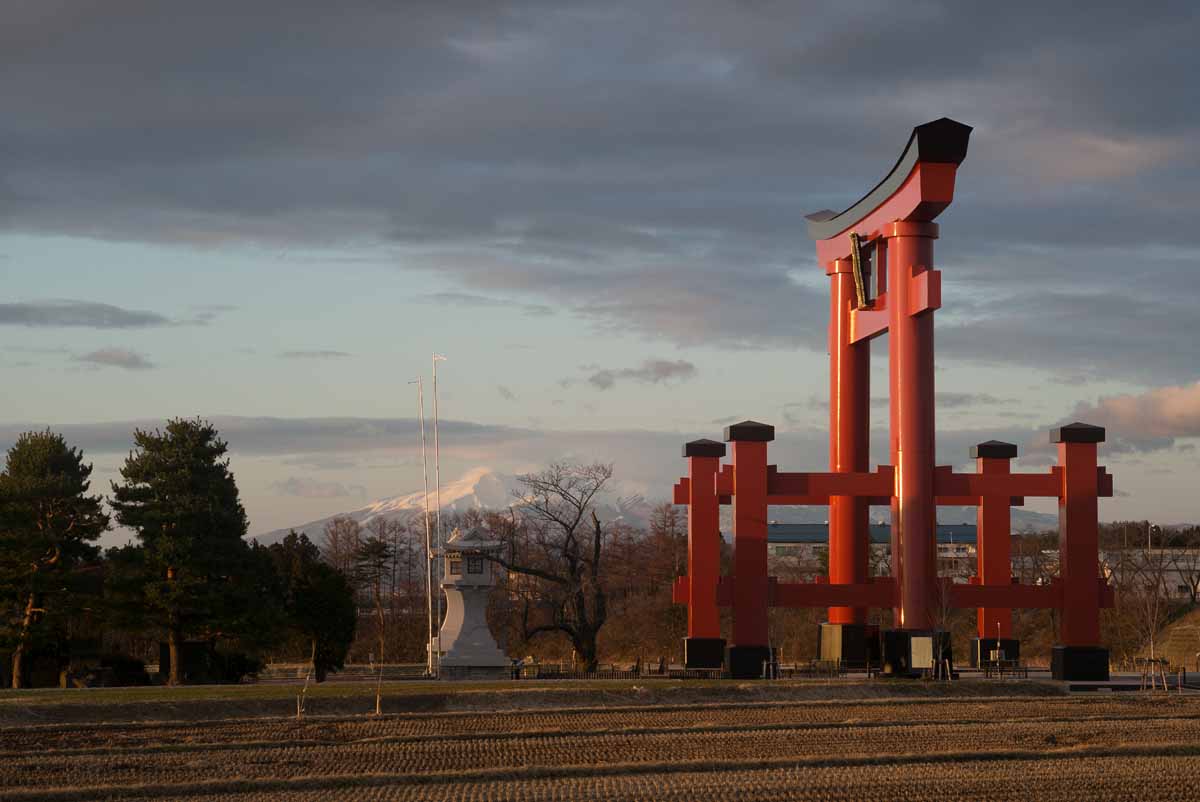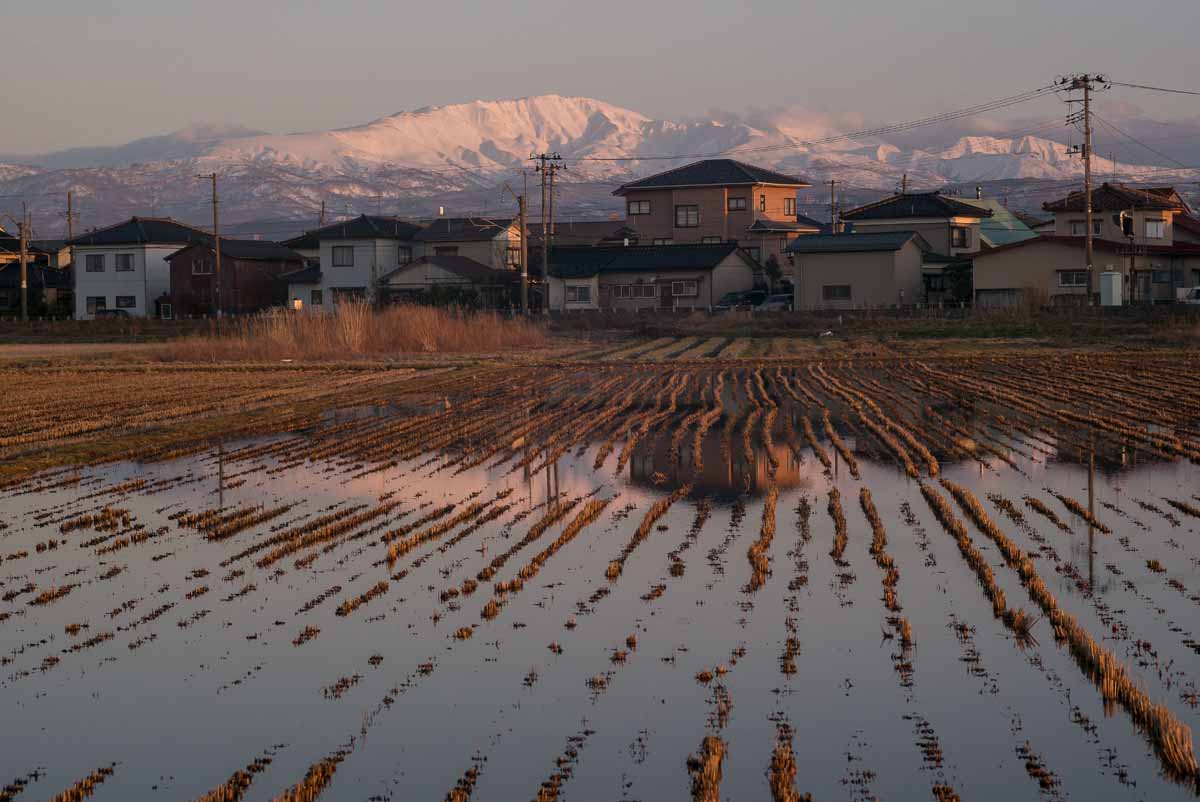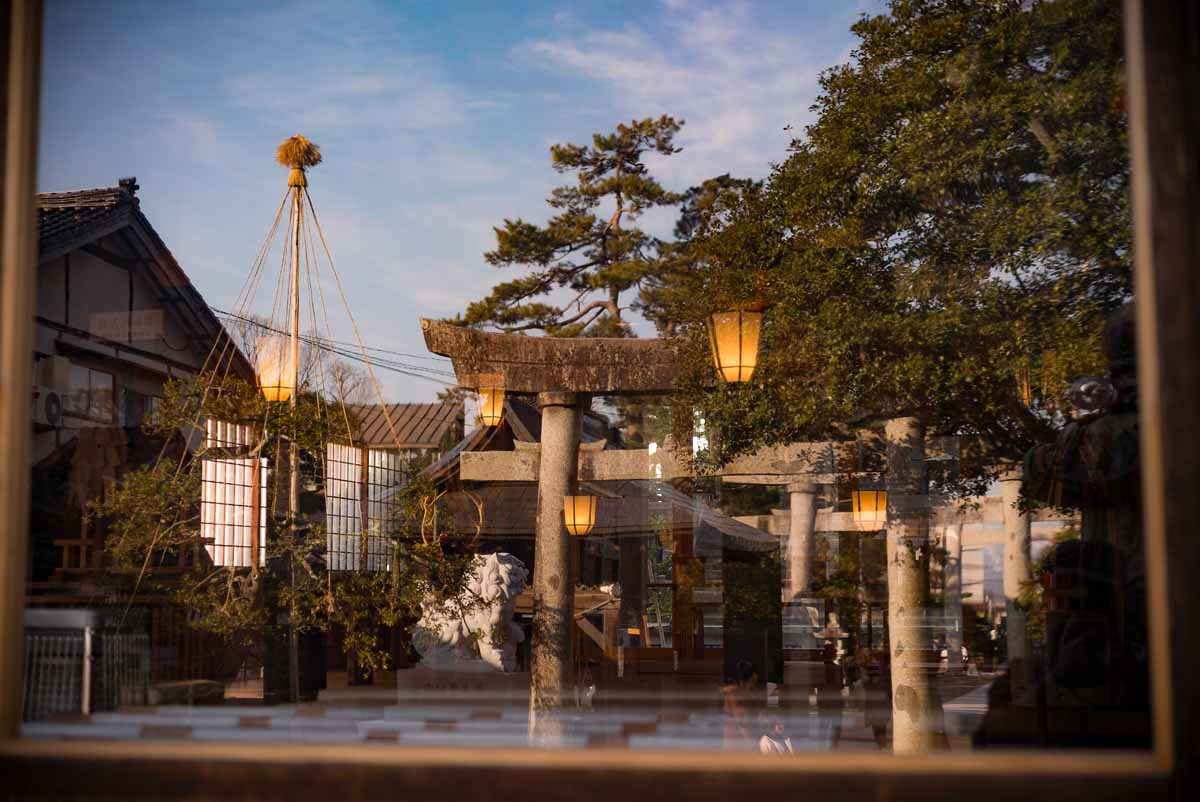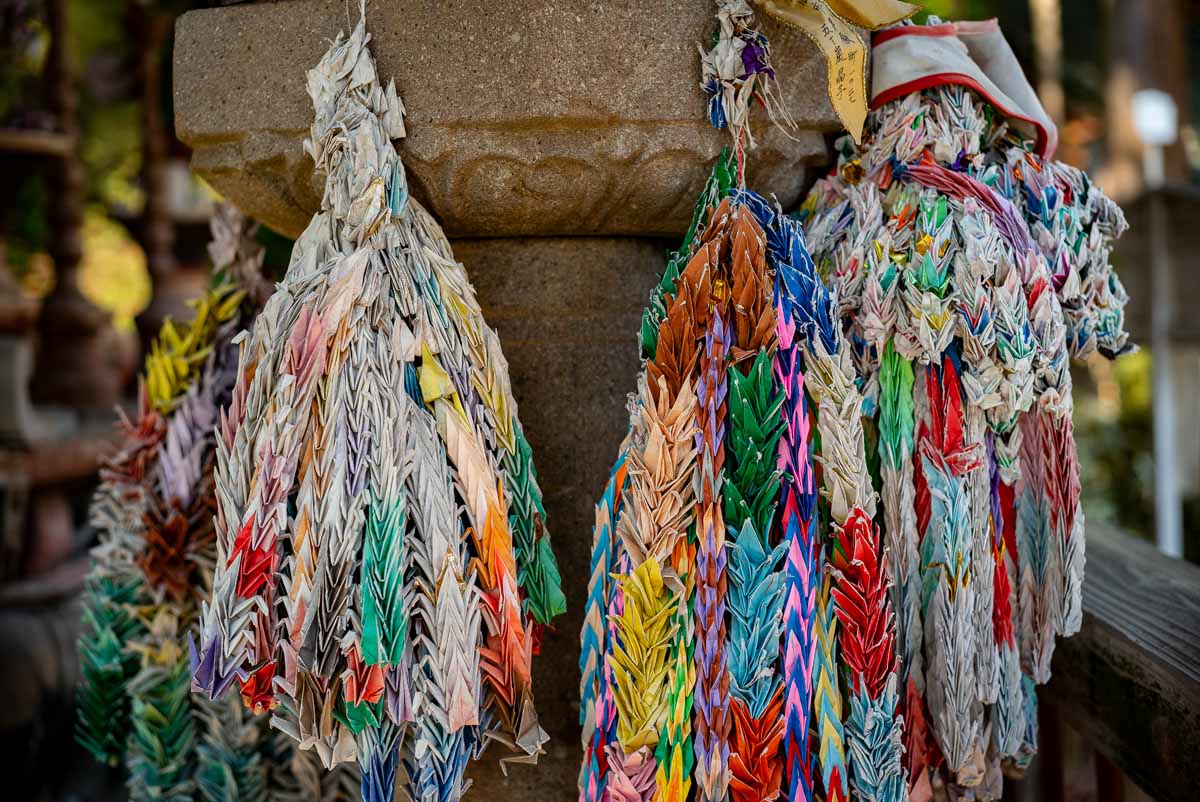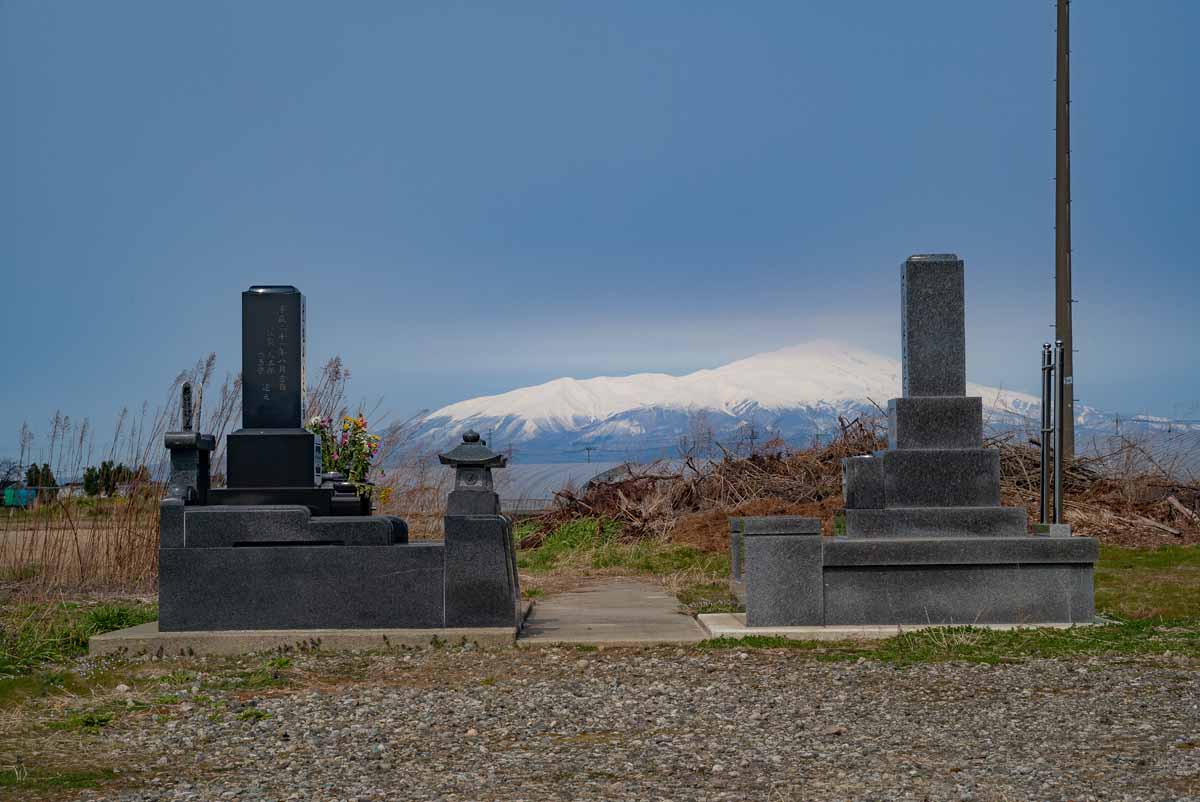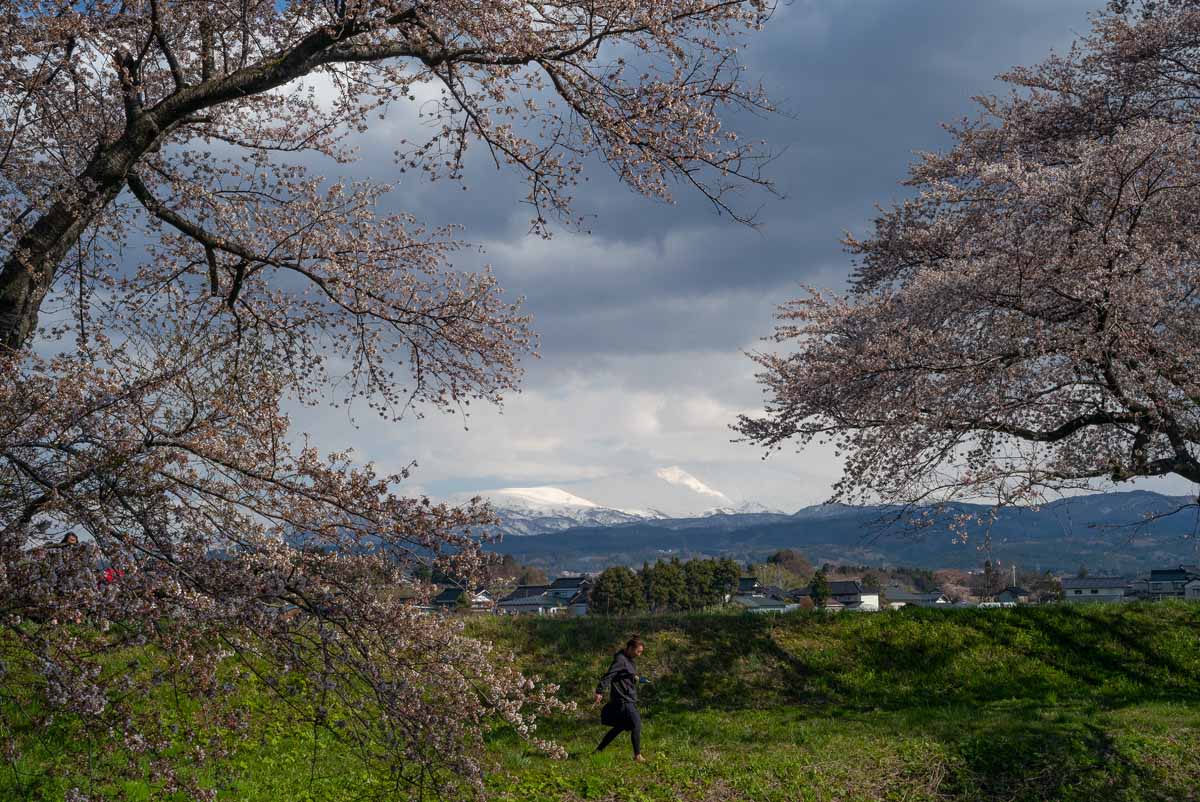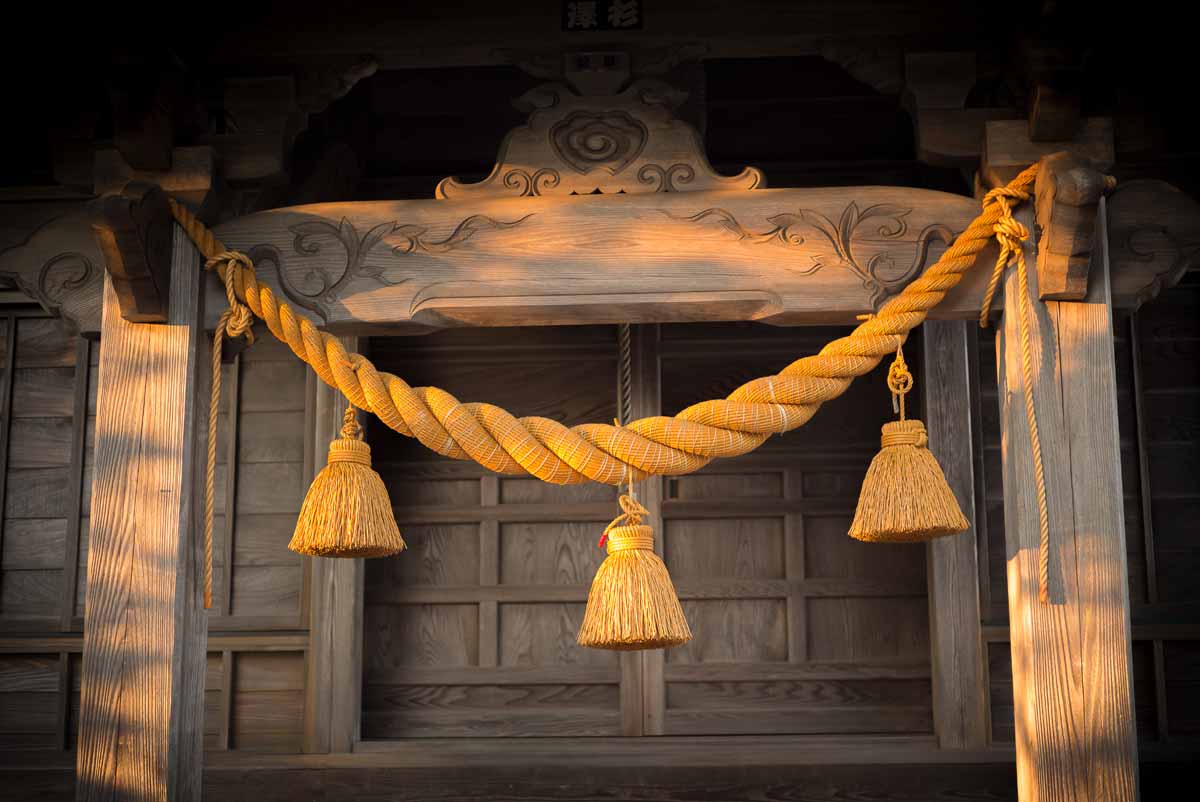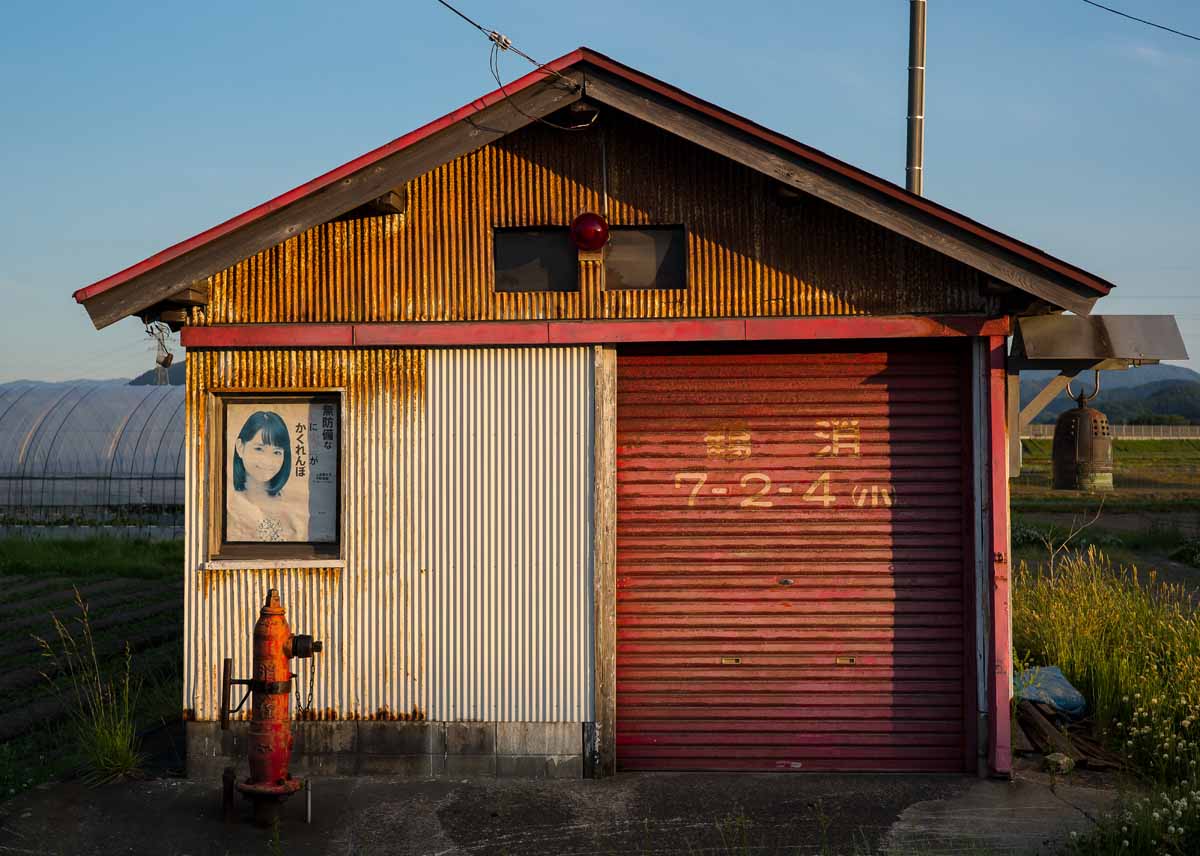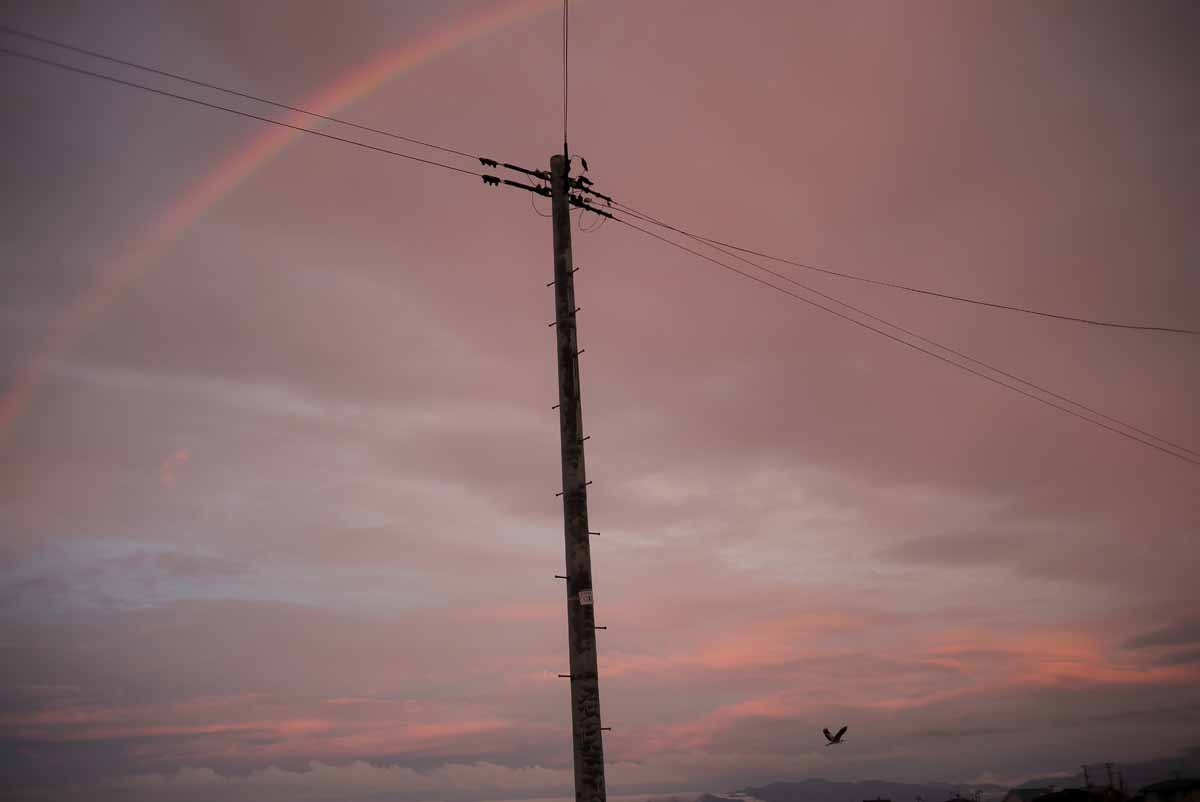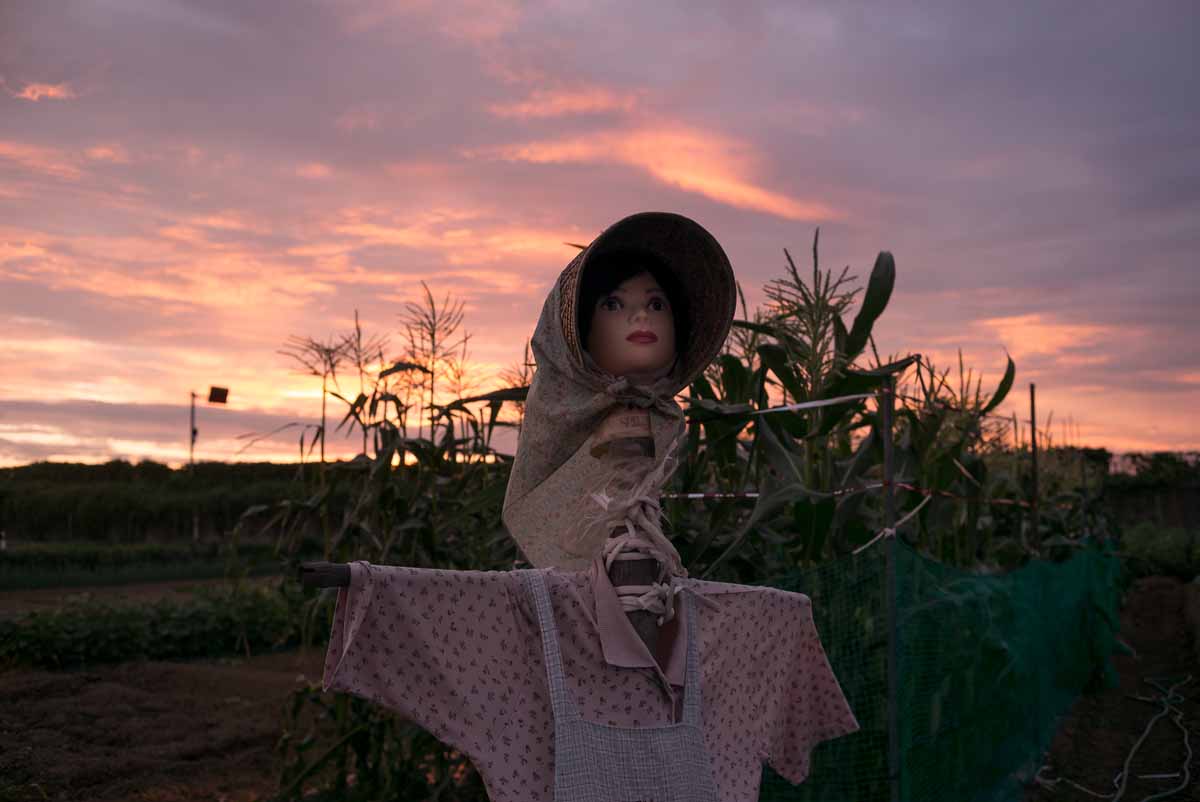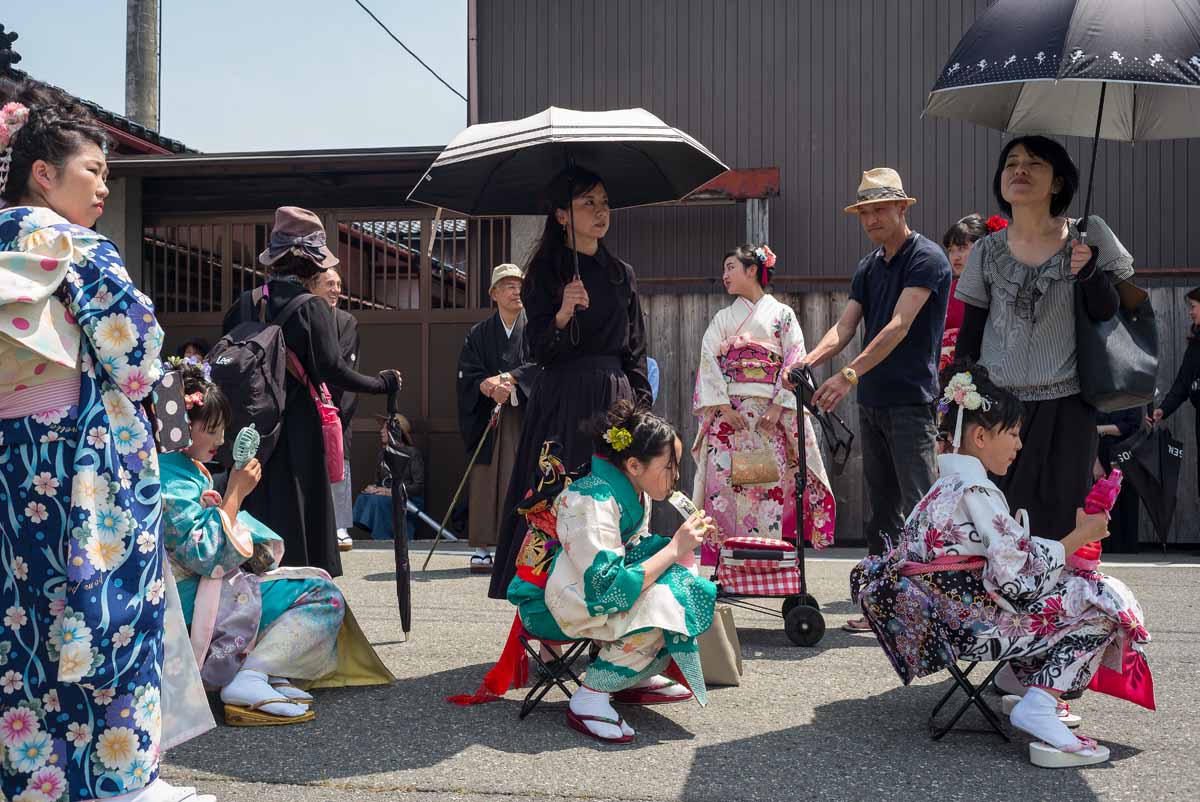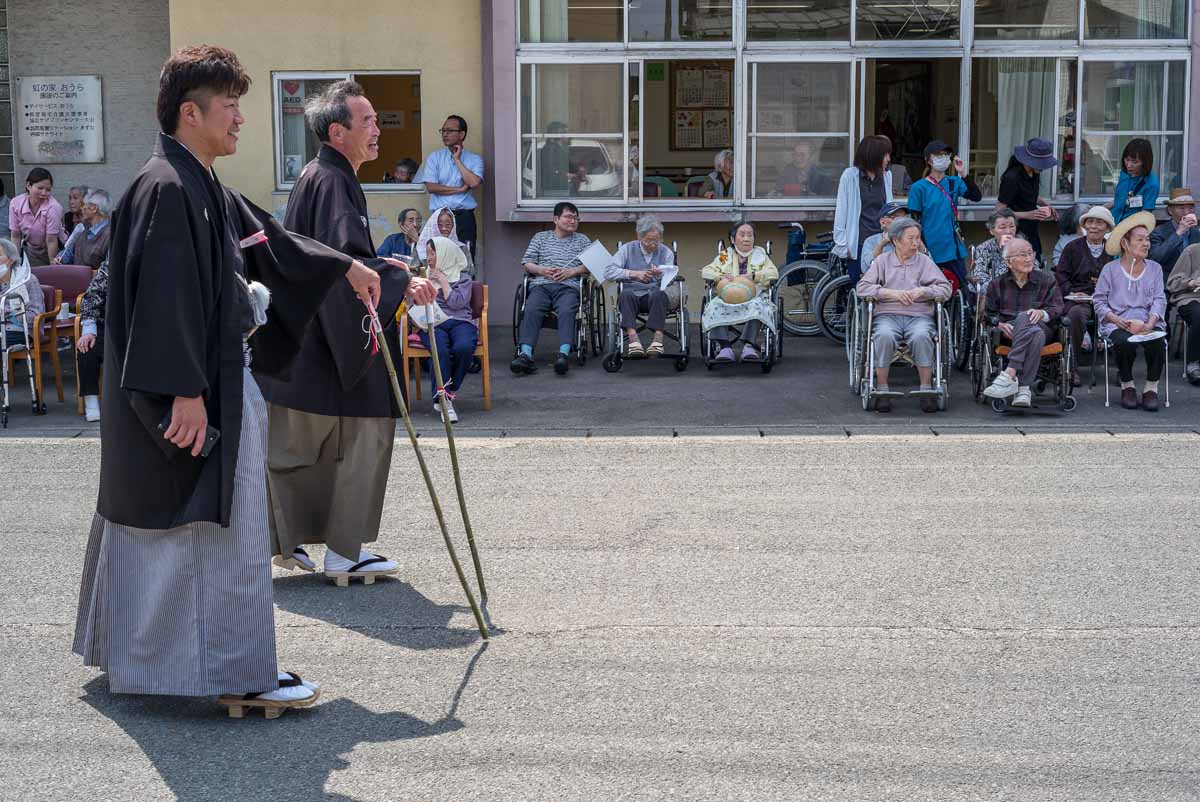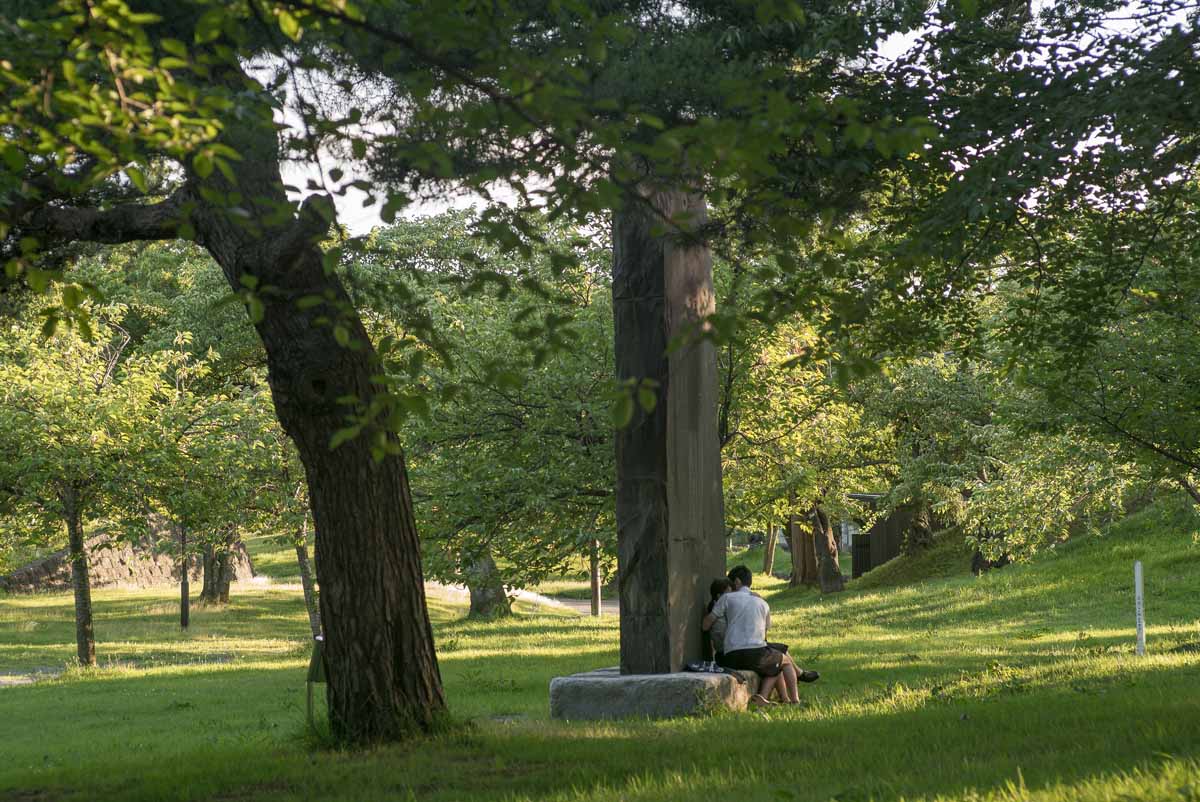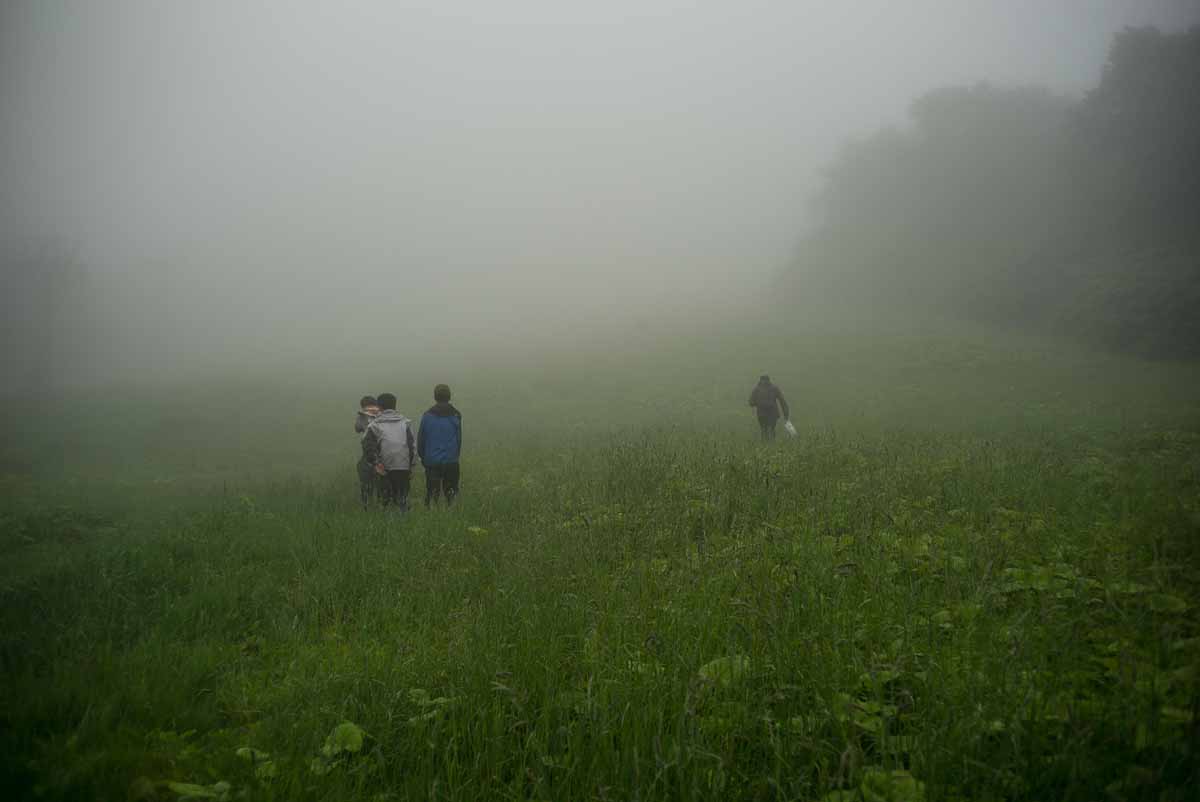Coronavirus, in short-measure, has changed the world completely. How can we make sense of this huge change in our lives? How can we cope, when our lives have been shaken-up and fears abound?
Japanese Zen Buddhism offers a clear path to overcome fears and find courage, when all around us seems to be falling-apart. For thousands of years Buddhists have been meditating on the hardest challenges in life, such as sickness, grief and death.
This book offers a unique introduction to the Zen path through words, photos and Haiku poetry. More than a guidebook, it provides a space for contemplation about our current situation. It discusses the Zen approach to life, and applies it to both photography, and the emergence of the coronavirus pandemic.
A photobook with a narrative, the author shares his perspectives on the art of photography, and reflects on what the medium means in the Buddhist context. He explores Buddhist ideas found in photography, and how masters of the form have used Buddhist presence, to produce artworks which resonate widely. He explores his application of Buddhist practice to photography, and also explains how photography can diverge from a purely Buddhist way.
The author reflects on our global situation as a human family, in the context of COVID-19. He asks whether the exploitative economic path, that collectively we have been on for some time, has contributed to the emergence of the pandemic. He applies Zen ideas to our economic trajectory which is eroding nature and wilderness at an alarming rate, to feed our ever growing consumption and automated lifestyles.
He pauses to consider the significance of the space that has emerged from the sudden halt in economic growth. Is it possible to draw an analogy between this global stillness, and the space of presence a person meditating can experience?
Exploring evidence for the origin of the coronavirus, the author finds that while it probably originated in nature, it is important to understand, why it has crossed over into our species. Zen raises important questions about human interference in the natural world, which we need to address to re-align our relationship with nature.
In a time of global catastrophe we need to hold onto our sanity, but also map a path ahead. This path could deliver more of the same, or forge a better future direction.
The book is journey of contemplation of the ancient Zen path, trodden in a time of change. Through the lens of the photographer-author, we are taken on a visually and spiritually enriching journey, into the sacred mountains of Yamagata Prefecture in Japan, where Zen Buddhism evolved.
-
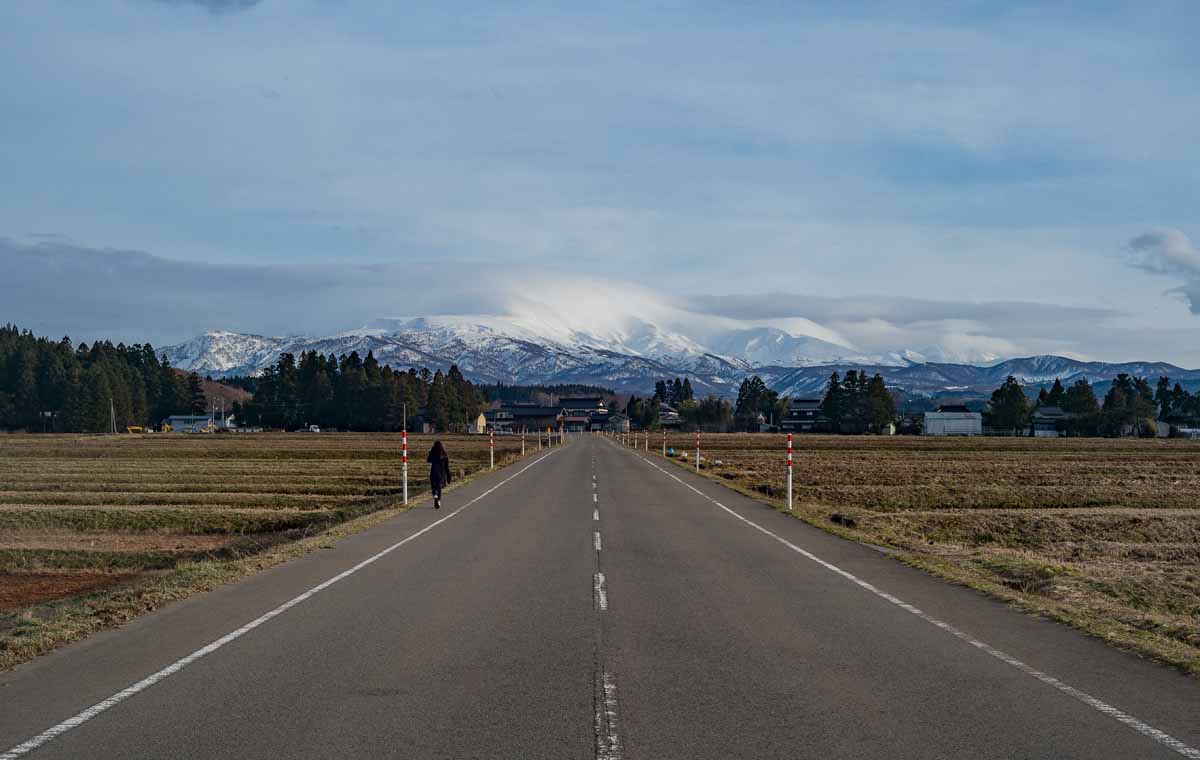 The road towards Mount Gassan passes the venerated Gyokusenji Temple on the left in among the trees. Gassan is these days a ski resort in the winter, but still draws pilgrims, especially from Yamabushi mountain ascetics for whom it is one of the three sacred peaks of the ancient kingdom...
The road towards Mount Gassan passes the venerated Gyokusenji Temple on the left in among the trees. Gassan is these days a ski resort in the winter, but still draws pilgrims, especially from Yamabushi mountain ascetics for whom it is one of the three sacred peaks of the ancient kingdom... -
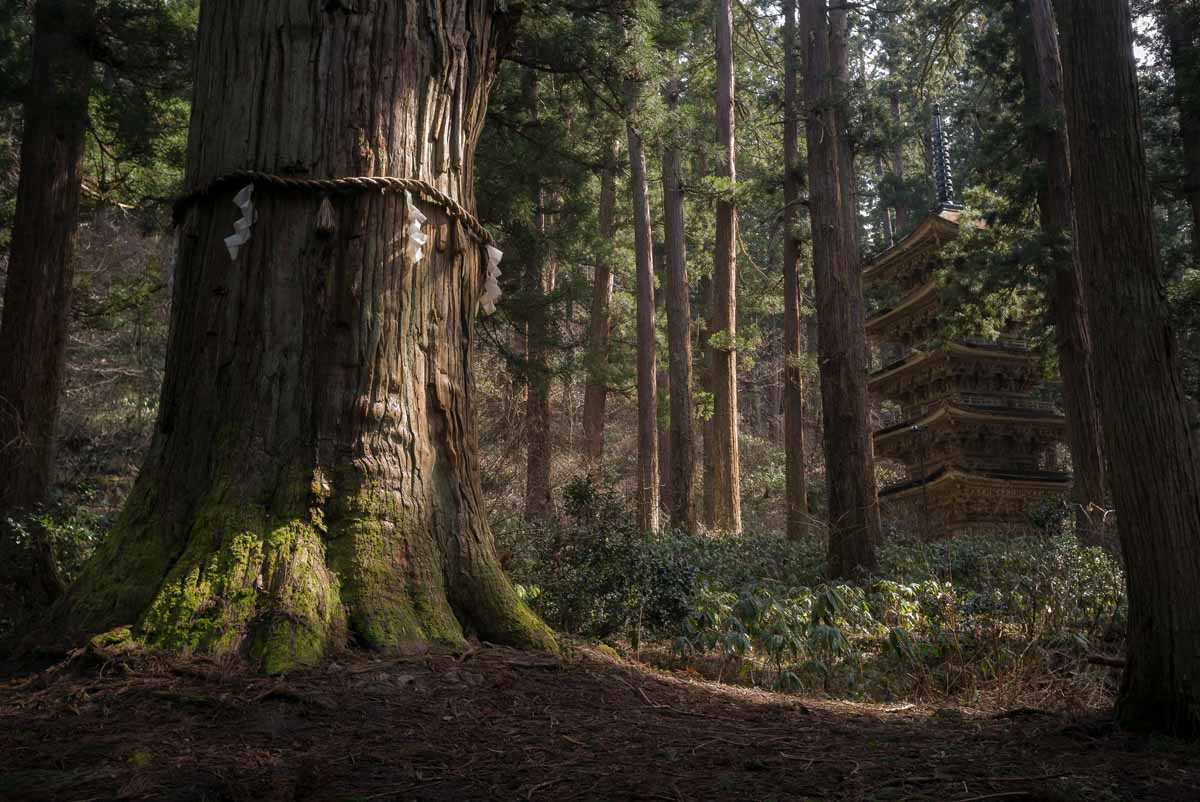 This ancient Japanese cedar tree is estimated to be over one thousand years old and is affectionately called ‘Grandpa’ or ‘jijisugi’. An equally old ‘Grandma’ tree which used to stand next to it, was torn down in a storm in 1902. In the background stands the ‘Gojunoto’ a five-storey pagoda.
This ancient Japanese cedar tree is estimated to be over one thousand years old and is affectionately called ‘Grandpa’ or ‘jijisugi’. An equally old ‘Grandma’ tree which used to stand next to it, was torn down in a storm in 1902. In the background stands the ‘Gojunoto’ a five-storey pagoda. -
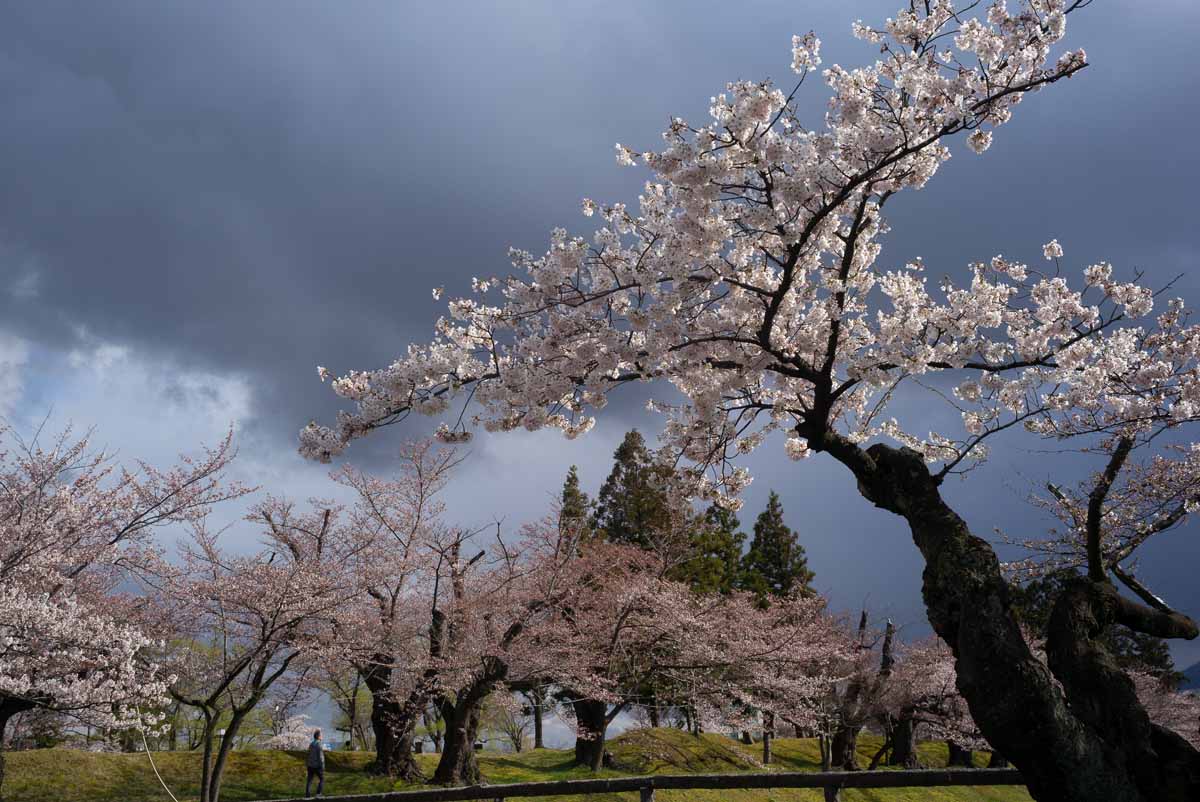 Sun lights up the ‘sakura’ cherry blossom as dark clouds brood overhead. Tsuruoka Park is home to many mature cherry trees and the annual blossom usually draws crowds of spectators. In April 2020 the first blooms coincided with the start of national emergency measures on coronavirus and celebrations were cancelled.
Sun lights up the ‘sakura’ cherry blossom as dark clouds brood overhead. Tsuruoka Park is home to many mature cherry trees and the annual blossom usually draws crowds of spectators. In April 2020 the first blooms coincided with the start of national emergency measures on coronavirus and celebrations were cancelled.


